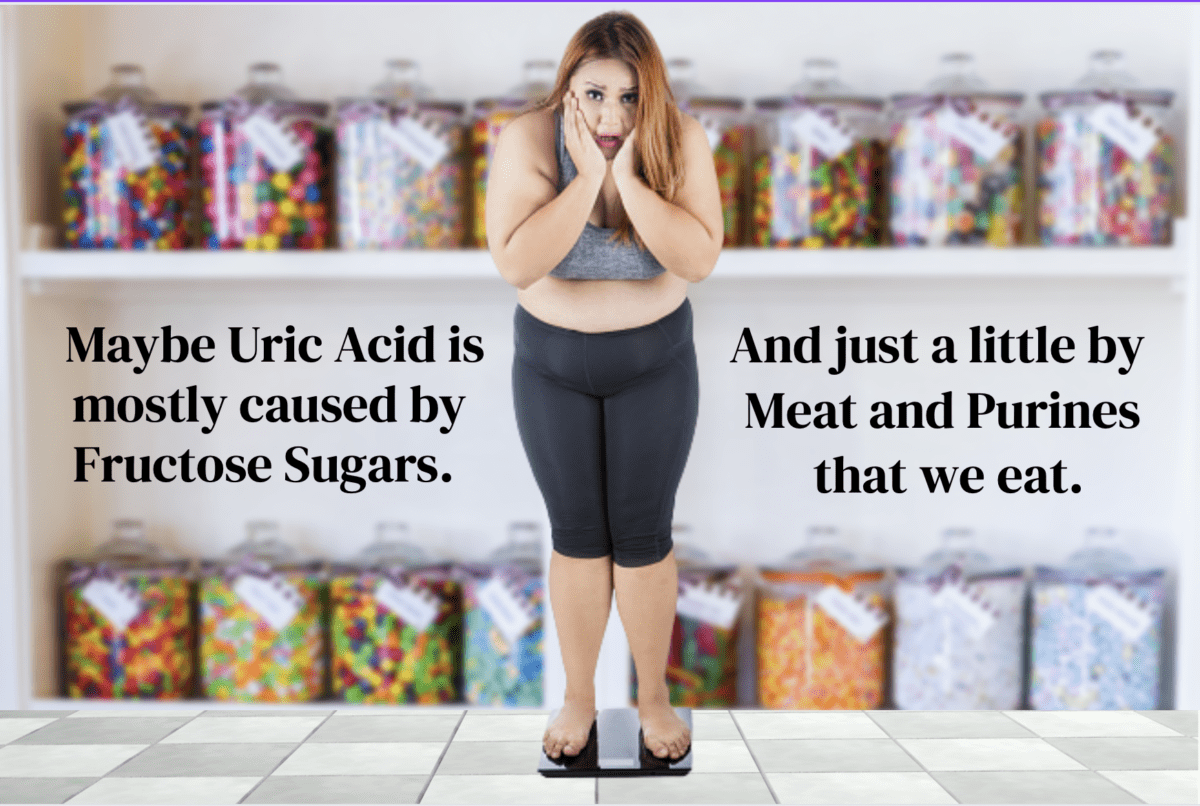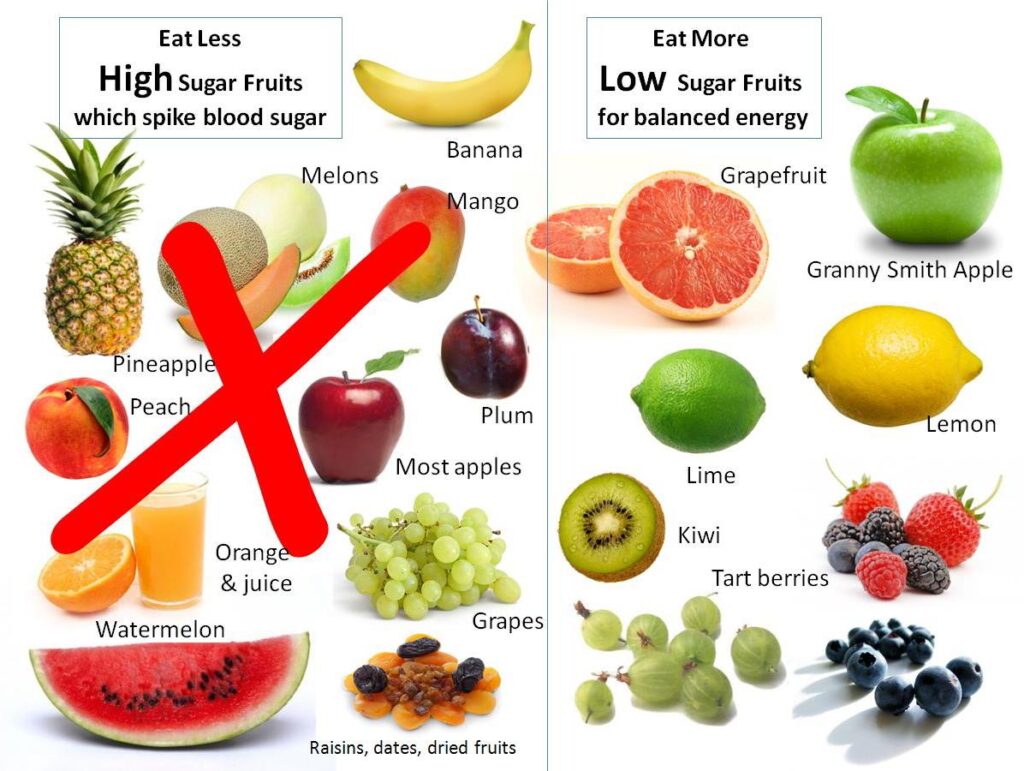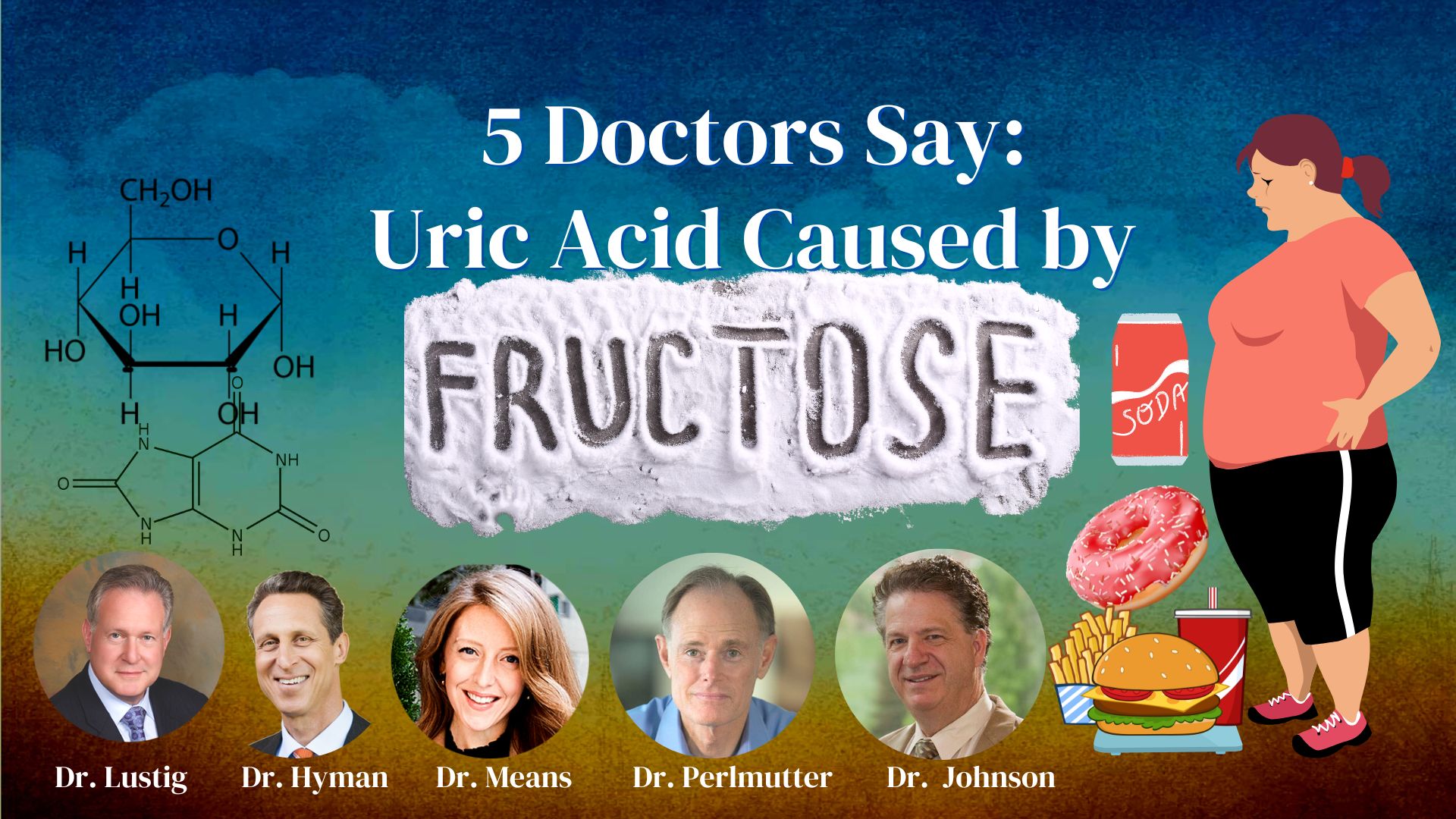
These five important doctors say Uric Acid is a main player in our epidemic of obesity, diabetes, and metabolic disease. They say there are three things that raise uric acid levels: #1 Top offender is FRUCTOSE. #2 is ALCOHOL, and #3 is PURINES. However, by far the biggest challenge is FRUCTOSE, due to its overpowering presence in our diet.
Many of our chronic diseases are associated with high uric acid levels. According to Dr. David Perlmutter, Uric Acid is a common thread linking our rising chronic metabolic diseases such as obesity, diabetes, hypertension, heart disease, stroke, gout, insulin resistance, liver disease, and Alzheimer’s.
Let’s check with a few respected doctors. What do they have to say?
-
“It’s time we put uric acid where it belongs, to measure it and follow it over time, as we do with blood pressure, and blood sugar.” Dr. David Perlmutter
- “The old thinking was ‘don’t eat meat, don’t drink wine’, that’s what’s causing gout. But nobody really talks about the fructose aspect, and that’s really the major driver of uric acid and gout.” Dr. Mark Hyman
- “That is the #1 issue. It’s the fructose. Two thirds of the purines in your metabolism come from your own breakdown of your own muscle when you exercise. Alcohol, and especially BEER is certainly contributing to the uric acid pool. But the big problem is URIC ACID derived directly from fructose metabolism. “Dr. David Perlmutter
- “Uric acid can be used as an indirect measure of fructose levels.” Dr. Robert Lustig
- “The more sugar you consume, the higher your uric acid level goes.” Dr. Robert Lustig
- “As fructose consumption increases, uric acid levels go up, blood pressure rises, and the risk of stroke is increased” Dr. Robert Lustig
- “Fructose sugar and all sugars that we eat are metabolized into purines, and this is the main driver of uric acid in the body.” Dr. David Perlmutter
- “Fructose is broken down into a byproduct called uric acid, which goes into the mitochondria, the seed of our metabolism in the cell and generates oxidative stress.” Dr. Casey Means
- “Fructose is a far bigger culprit than purines.” Dr. Perlmutter
- “What happens is when you eat fructose, you burn ATP faster than normal. And so that ATP level drops. Then there’s the generation of uric acid from that. When the energy drops, that triggers a reaction to make uric acid.” Dr. Richard Johnson
- “Yes, Hard liquor will raise uric acid, but the worst offender is beer, which is made from brewers yeast.” Dr. Mark Hyman.
- “Our study shows that high levels of uric acid significantly increase your risk of developing heart failure later in life.” Dr. Eswar Krishnan
OK, What is Uric Acid?
Uric acid is a crystalline compound found in kidney stones. We are told that uric acid is a produced when the body breaks down purine. So, if that is true, should we avoid consumption of purines? Purines are said to be found in organ meats, red meats, and fatty fish. We are told if we reduce purines, we can control uric acid naturally, and restore health. Right? Sadly, uric acid turns out to be difficult to control, and its source in the body might not be so simple. Where is the missing link in our medical understanding?
New Discoveries Reveal FRUCTOSE Drives Uric Acid!
Recently, scientists and doctors have stepped forward with additional research which shows dietary purines may not be the main problem. It’s OK to reduce consumption of high-purine foods. But there’s more to the story.
Research now suggests that FRUCTOSE consumption is the biggest indicator of uric acid. Studies also show that high meat and seafood can increase uric acid levels somewhat. And they tell us that dairy consumption can help to reduce uric acid. However, eating purine-rich vegetables has no effect on uric acid levels. Great news! This means, vegetables are back on the menu!
We tend to assume that dietary purines causes uric acid. However, it turns out only a small percentage of uric acid in the body comes from dietary purines such as organ meats. The vast majority of uric acid is produced right inside our own body’s cells, NOT from the purines we eat. So, NOW WE KNOW WHAT IS DRIVING URIC ACID! HOORAY!
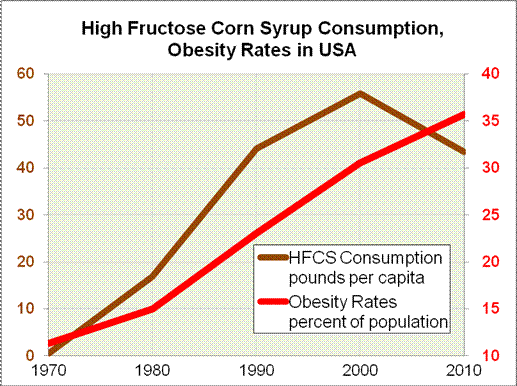 What is Fructose?
What is Fructose?
Fructose is that delicious natural sweetness in fruits and vegetables. Fructose is half 50% of table sugar. So, anything that contains table sugar is high in fructose. High fructose corn syrup (HFCS) was introduced in the 1970’s, and production has increased rapidly. HFCS is used in many prepared foods worldwide as it’s the cheapest and most delicious sweetener available.
Where is Fructose Hidden?
Foods with extremely high fructose levels are soft drinks, sauces, condiments, and processed foods, consumption of which has skyrocketed in the last few decades. Is it any wonder that metabolic diseases are increasing worldwide?
To combat uric acid, Dr. Perlmutter says first and foremost, we must reduce our consumption of fructose. Not necessarily fruit — but hidden fructose in condiments, fruit juices, beverages of all kinds, soft drinks, etc. Beyond that, he suggests nutritional supplements demonstrated in peer-reviewed science to be help lower Uric Acid. These few supplements can produce a dramatic drop in uric acid in just a few weeks.
Dr. Perlmutter’s latest book: Drop Acid: The Surprising New Science of Uric Acid – The Key to Losing Weight, Controlling Blood Sugar, and Achieving Extraordinary Health, says that even small uric acid elevations can have dangerous long-term consequences if left unchecked. People will do themselves a world of good by dropping acid — uric acid, that is. The metabolism of fructose leads to the production of uric acid. And this is why fructose is such a powerful health threat.
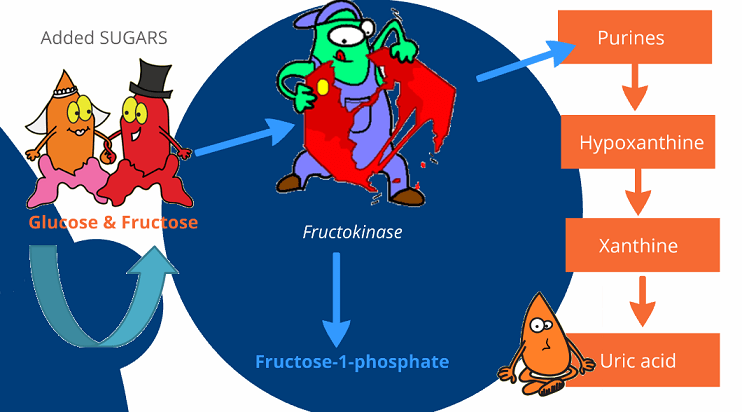
Where do we find Fructose?
Fructose is 50% of table sugar. Fructose is added now via high fructose corn syrup to more than 60% of all packaged foods at the grocery store. Because we like sweet flavor.
Fructose is the most widely used sweetener in the world. Fructose is added to more that 60% of our grocery store foods. So, there’s plenty of opportunity these days to consume fructose sugar.
It’s not simply a problem of PURINES.
The Big Problem is HIDDEN FRUCTOSE.”
Dr. Perlmutter.
The 6-Step Solution to Reduce Uric Acid
- Dramatically reduce sweets, processed carbohydrates, fruits, fruit juices, and all sugars in processed foods.
- Follow an Alkaline Diet, and take ½ teaspoon baking soda 1-2 times daily in a bit of water.
- Reduce alcohol, especially beer.
- Measure your Uric Acid at home, using any test kit, such as EASYTOUCH GCU BLOOD URIC ACID TEST STRIP, 25 STRIPS/BOX available worldwide.
- Limit consumption of meat, high purine animal foods, like organ meats and scallops.
- Take these Five Key Supplements for Reducing Uric Acid according to Dr. Perlmutter:
- Luteolin: 100 mg/day
- Quercetin: 500 mg/day
- Docosahexaenoic acid (DHA) 1,000 mg/day
- Vitamin C: 500 mg/day
- Chlorella 1,200 mg/day
 EAT THESE FOODS to Reduce Uric Acid
EAT THESE FOODS to Reduce Uric Acid
- Whole, Fresh, Unprocessed Foods
- Low-Sugar Fruits: apples, oranges, lemons, limes, berries
- Vegetables: broccoli, kale, potatoes, zucchini, carrots, garlic, onions, Brussels sprouts
- Nuts: almonds, walnuts, macadamia nuts, pistachios, cashews
- Seeds: chia seeds, flax seeds, hemp seeds, pumpkin seeds, sunflower seeds
- Legumes: beans, peas, lentils, chickpeas, peanuts
- Whole grains: oats, millet, quinoa, couscous, farro, buckwheat, barley
- Dairy products: milk, yogurt, cheese, kefir, grass-fed butter
- Eggs: egg yolks and whites
- Herbs and spices: cinnamon, black pepper, turmeric, ginger, coriander, oregano, basil
- Unsweetened Beverages: water, tea, coffee
/li>
Avoid These Foods that Increase Uric Acid
- Pure Sugars: high-fructose corn syrup, agave syrup, honey, palm sugar, brown sugar, white sugar
- Refined carbohydrates: cake, cookies, crackers, white bread, pasta
- Condiments: Salad Dressing, Sweet & Sour Sauce, Ketchup, Peanut Sauce, Dips
- Sugar-sweetened beverages: soda, fruit juice, sports drinks, sweet tea
- Alcohol: beer, wine, liquor
- Organ meats: kidneys, tripe, liver, sweetbread, tongue
- Seafood: anchovies, trout, haddock, herring, sardines, tuna, mackerel
- Red meat: beef, lamb, pork
- Processed meat: ham, hot dogs, salami, bologna, jerky
Fructose is Everywhere!
- Sugar (50% Fructose, Glucose is the other 50%)
- Fructose
- High-fructose corn syrup
- Honey
- Brown sugar
- Palm or coconut sugar
- Agave syrup
- Confectioner’s sugar
- Maple syrup
- Molasses
- Sorghum sweetener
- Brown rice syrup
- Candy
- M&M’s
- Reese’s Peanut Butter Cups
- Vitamin Gummies
- Fruit juice, esp Grape juice
- Colas, all soft drinks
- Cake, cupcakes, desserts
- Condiments and dips
- Salad Dressings
- Soft Drink
- Apple Juice
- Sprite
- Dried fruit
- Ginger Ale
- Coconut water
- Cookies
- Acai berry drink
- Cherry or cranberry drink
- Any Tea sweetened
- Chips
- Apples
- Grapes
- Strawberry juice
- Pomegranate juice
- Dried Cranberries
- Tartar sauce
- Teriyaki Sauce
- Ketchup
- Raisins
- Sweet corn
- Pears
- Peach
- Bananas
- Mangos
- Dates
- Ice cream toppings
- Jams & Jellies
- Sweet wines
- Grapefruit juice
- Canned Tomato Puree
- Lime or Lemon Drinks
- Energy drinks
- Orange juice
- Figs
- Barbecue Sauce
- Papaya
- Mayonnaise
- Melon
- Red Bull Drink
- Dates
- Chocolates
- Sweet pickles
- Breakfast cereals
- Frozen foods
- Boxed dinners
Many Scientific Studies Indicate Danger of Fructose
“Excessive fructose consumption is associated with the development of metabolic syndrome and type II diabetes. Both conditions are well-known risk factors for cardiovascular and renal diseases. Uric acid synthesis is linked biochemically to fructose metabolism, thus the widespread consumption of this monosaccharide has been related to steady increasing levels of serum uric acid during the past few decades. Recent evidence has suggested that uric acid may act as a cardiorenal toxin. In this regard, experimental studies have suggested that the primary noxious effect of uric acid occurs inside the cell and is likely the stimulation of oxidative stress. More studies to disclose the harmful mechanisms associated with increasing intracellular uric acid levels after a fructose load are warranted.”
Which Fruits are Low in Fructose Sugar?
What Foods Are High in Purines?


Resources:
- https://betterbodychemistry.com/ir/uric-acid-insulin-resistance/
- Long Life Foods and Your body pH, https://janeshealthykitchen.com/long-life-foods-your-body-ph/
- Using Sodium Bicarbonate (Baking Soda) for Kidney Cancer, https://drsircus.com/cancer/sodium-bicarbonate-baking-soda-kidney-cancer/
- Dropping (Uric) Acid with Dr. David Perlmutter, https://holisticprimarycare.net/topics/functional-medicine/dropping-uric-acid-with-dr-david-perlmutter/
- VIDEO: How To Lower Our Uric Acid Levels | Dr David Perlmutter Series Ep 4, https://www.youtube.com/watch?v=WKOYa_54z6w
- The Untold Story of Uric Acid, https://drhyman.com/blog/2022/02/16/podcast-ep495/
- Recent advances in fructose intake and risk of hyperuricemia, https://www.sciencedirect.com/science/article/pii/S0753332220309884
- Natural Gout Symptom Relief, http://goutezol.com/k/what_connection_does_uric_acid_have_with_alkaline_ph.aspx
- Alkaline Diet to Treat Gout, https://healthfully.com/316526-alkaline-diet-to-treat-gout.html
- Fructose, Uric Acid and Diabetes, https://www.drperlmutter.com/fructose-uric-acid-and-diabetes/
- The Connection Between Fructose and Uric Acid, By Dr. George Gillson, MD, PhD, CCFP, https://evolvewell.ca/the-connection-between-fructose-and-uric-acid/
- Uric acid and fructose: potential biological mechanisms, https://pubmed.ncbi.nlm.nih.gov/22000649/
- My food Data, Nutrient Ranking: https://tools.myfooddata.com/nutrient-ranking-tool/Fructose/All/Highest/Household/Common/No
- PODCAST: The Peter Attia Drive – Robert Lustig, M.D., M.S.L. on Fructose, Processed Food, NAFLD, and Changing the Food System, https://podcastnotes.org/the-drive-with-dr-peter-attia/lustig/
- Effects of Uric Acid on Diabetes Mellitus and Its Chronic Complications, https://pubmed.ncbi.nlm.nih.gov/31737070/
- Choi HK, et al. (2010). Fructose-rich beverages and risk of gout in women.
ncbi.nlm.nih.gov/pubmed/21068145 - Fructose and gout: What’s the link? (2017).
blog.arthritis.org/gout/fructose-sugar-gout/ - Harrison L. (2015). Fructose and gout don’t mix.
rheumatologynetwork.com/gout/fructose-and-gout-dont-mix - High fructose corn syrup questions and answers. (2018).
fda.gov/food/ingredientspackaginglabeling/foodadditivesingredients/ucm324856.htm - Jamnik J, et al. (2016). Fructose intake and risk of gout and hyperuricemia: a systematic review and meta-analysis of prospective cohort studies.
ncbi.nlm.nih.gov/pmc/articles/PMC5073537/ - Martin KR, et al. (2011). The effect of 100% tart cherry juice on serum uric acid levels, biomarkers of inflammation and cardiovascular disease risk factors.
fasebj.org/doi/abs/10.1096/fasebj.25.1_supplement.339.2 - Mayo Clinic Staff. (2018). Can the foods you eat help to control gout?
mayoclinic.org/healthy-lifestyle/nutrition-and-healthy-eating/in-depth/gout-diet/art-20048524 - Merriman N, et al. (n.d.). Sugar-sweetened beverages, urate, gout and genetic interaction introduction.
researchgate.net/publication/269395099_Sugar-Sweetened_Beverages_Urate_Gout_and_Genetic_Interaction_Introduction - NHANES III (1988-1994). (n.d.).
wwwn.cdc.gov/nchs/nhanes/nhanes3/Default.aspx - Rho YH, et al. (2011). The epidemiology of uric acid and fructose. DOI:
10.1016/j.semnephrol.2011.08.004 - The Association between Purine-Rich Food Intake and Hyperuricemia: A Cross-Sectional Study in Chinese Adult Residents, https://pubmed.ncbi.nlm.nih.gov/33334038/
- Purine-Rich Foods, Dairy and Protein Intake, and the Risk of Gout in Men, https://www.nejm.org/doi/full/10.1056/NEJMoa035700
- Low Purine Diet (aka, the Gout Diet): Foods to Eat vs. Avoid, https://draxe.com/nutrition/low-purine-diet/
- https://drhyman.com/blog/2022/02/16/podcast-ep495/
- https://jamanetwork.com/journals/jama/fullarticle/186958



